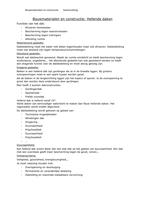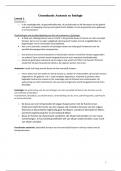Samenvatting
CIP summary AIIM
- Vak
- AIIM - CIP
- Instelling
- AIIM - CIP
All you need to prepare for the CIP exam from AIIM Summary of all 5 CIP domains (AIIM platform): - Domain 1 Creating, Capturing and Sharing Information - Domain 2 Extracting Intelligence from Information - Domain 3 Digitalizing Information-Intensive Processes - Domain 4 Automating Governance a...
[Meer zien]













